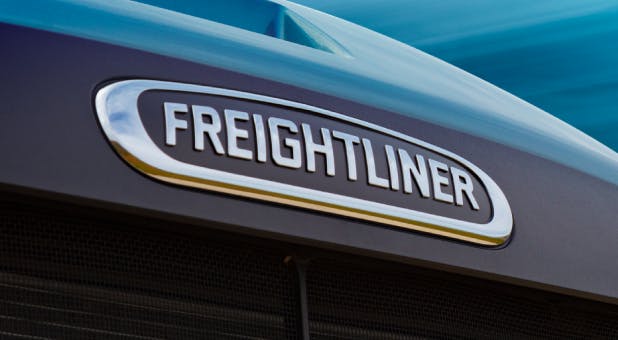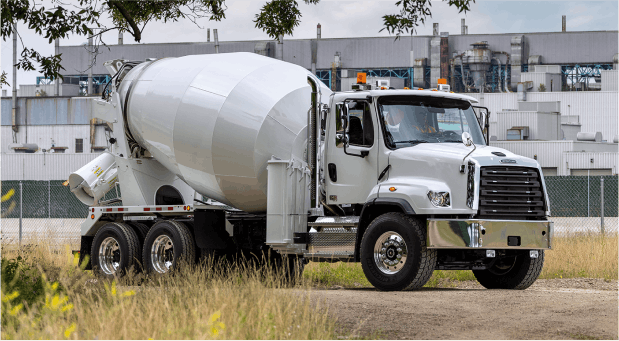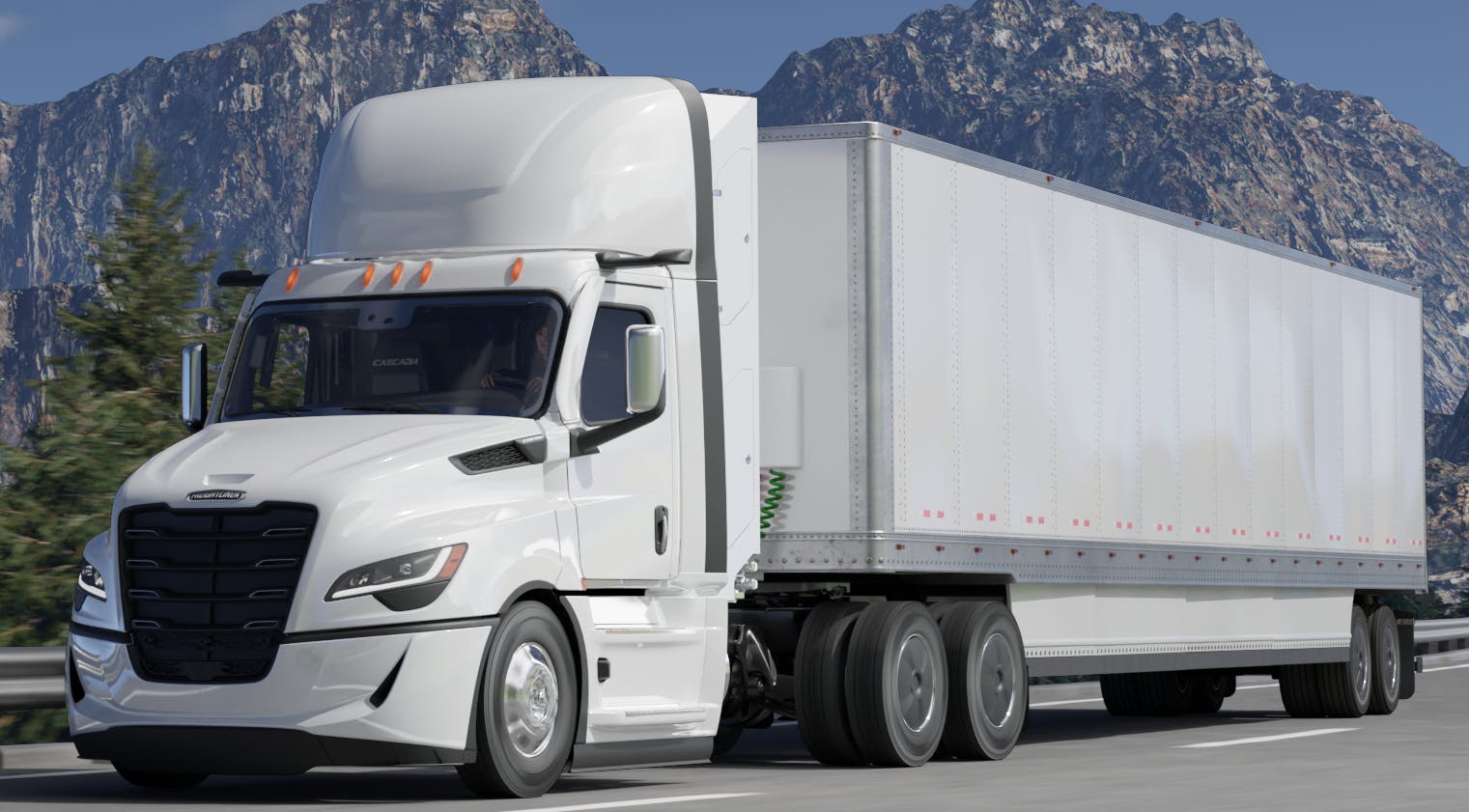Five Ways to Improve Driver Retention
Freightliner Trucks Drivers
According to the American Trucking Association, the annual commercial driver turnover rate has been at 90 percent or higher since 2012. That means trucking companies must replace almost their entire fleet of drivers each year. This problem is compounded by a commercial driver shortage across the country. So what can fleet owners do to mitigate this problem?
Many studies cite salary as the number one reason drivers leave their jobs, but a perceived lack of respect also plays a large role. A study conducted by Strategic Programs found that the second most common reason drivers quit is because they feel the company doesn’t fully appreciate them. This feeling of isolation is often caused by limited contact from coworkers, managers, and other employees in the organization. However, little steps can be made to help commercial truck drivers feel like valued team members. Here are five ways to improve driver retention outside of increasing salaries.
- Offer a mentorship program.
Starting a new job or career can be stressful. One way to help with this transition is to assign new employees an experienced buddy whom they can ask questions and seek advice from. Employees often feel more comfortable speaking with peers than managers. This is especially helpful for questions regarding day-to-day job tasks. Experienced drivers have hands-on experience to draw from and have established best practices that managers or fleet owners may lack. Mentorship programs can also help drivers to feel less isolated, since they don’t work in an office environment.
- Invest in high-quality equipment.
It’s important to provide drivers with high-quality equipment to help them get their jobs done. This includes investing in reliable trucks to maximize uptime. Drivers can get frustrated if their trucks are constantly breaking down or in need of service, because it throws off their schedule. High-quality trucks from Freightliner also have creature comforts, such as Bose® seats, wraparound dashboards, and quieter, insulated cabs. Freightliner Trucks offer all of these features to prevent driver fatigue. Some organizations are taking it a step further by including a flat-screen TV, satellite dish, and DVR for their drivers. Another plus is technology to streamline their jobs, such as electronic hour logs, dashboard cameras, and navigation systems.
- Keep an open line of communication.
This is a simple addition that can help drivers feel like true partners. It’s not always enough to just say your managers are available to talk. For some personalities, it’s best to be proactive by setting up semi-annual reviews, employee newsletters, and weekly calls or meetings just to check in. This increases opportunities to discuss small issues before they become big problems and helps to close expectation gaps. It’s also a good way to collect feedback and offer guidance to help employees meet goals.
- Engage drivers.
An open line of communication helps managers to develop a rapport with drivers. It also helps the drivers to feel more engaged and invested in the organization. If drivers feel like valued members of the team whose ideas are heard and respected, they will be more likely to go above and beyond their job description. This type of motivation is often more effective than raises and bonuses, and helps turn drivers into recruiters. Drivers who meet at truck stops, rest stops, and dealerships on the road are likely to talk about their jobs. A happy driver is a better recruiter of new drivers than paid advertisements or representatives at a job fair.
- Make driver health a priority.
A hot topic in commercial trucking is driver health. Fleets are now offering different health benefits, including on-site gyms, free health screenings and nutrition programs. Freightliner Trucks offers the Freightliner In-Cab Training (FIT) System that allows drivers to work out with resistance bands in their cabs, as well as the FIT Step for in-cab cardio workouts. In addition to these programs, it’s important to review the health insurance plans your fleet offers to drivers and compare it to what your competitors are offering. These health programs demonstrate an investment in your drivers that can help boost engagement and employee loyalty.









